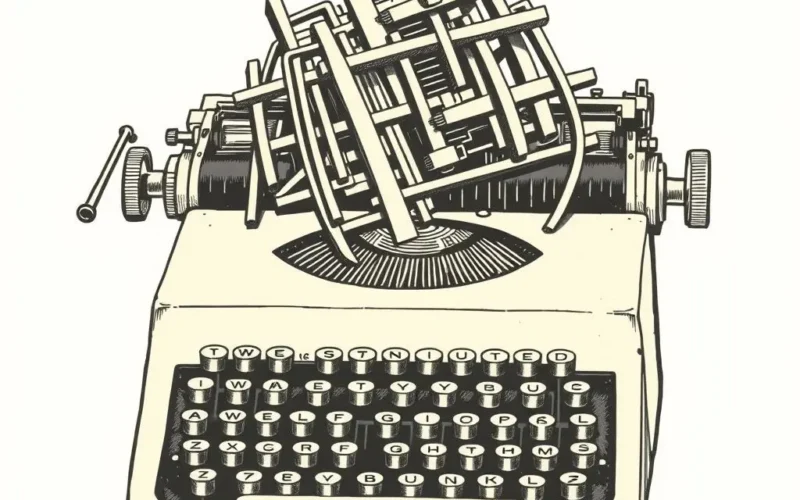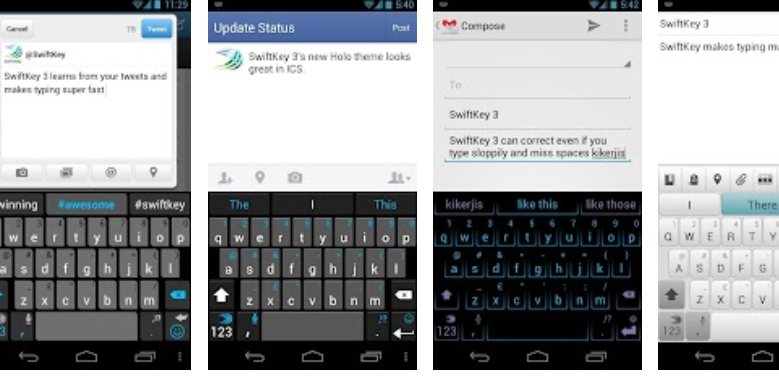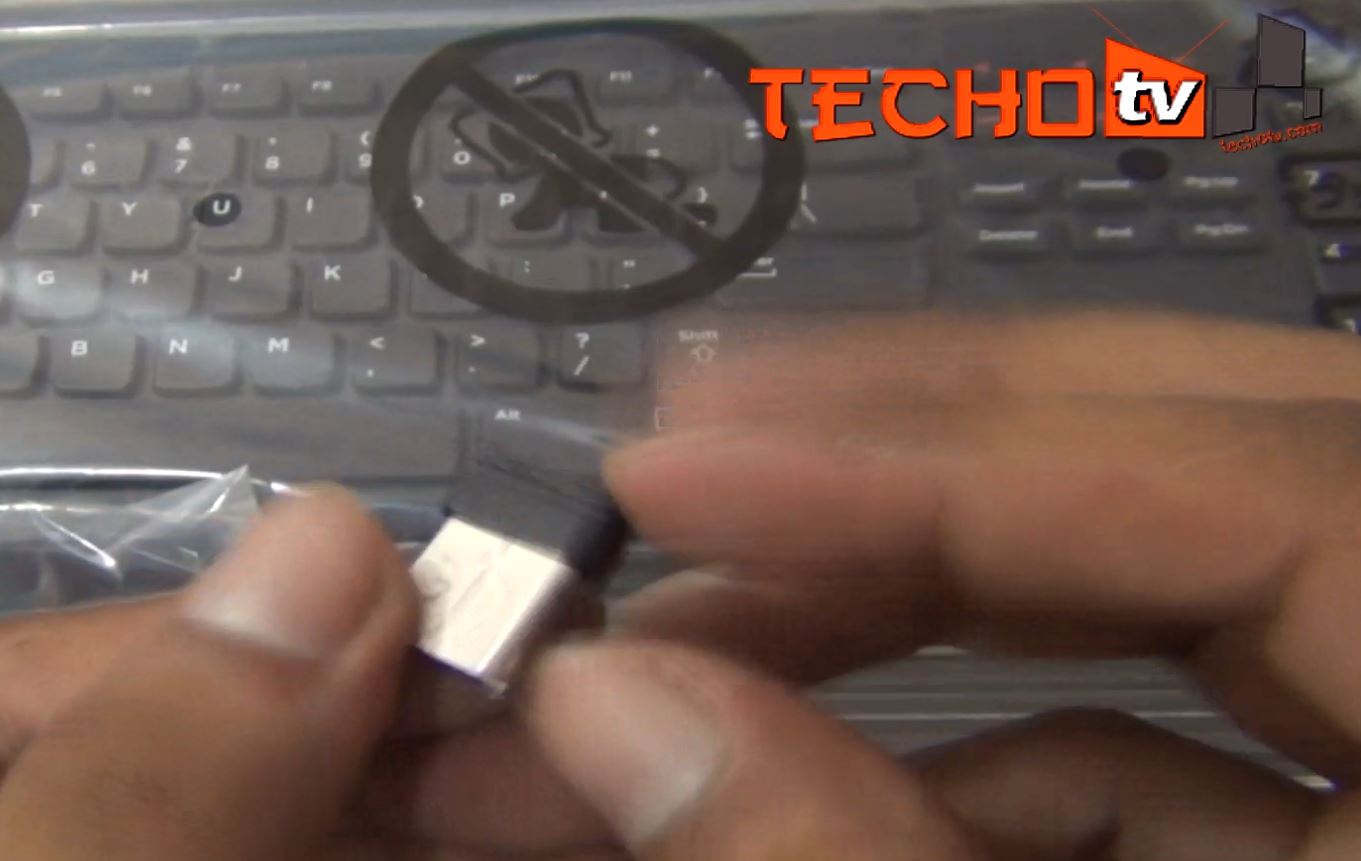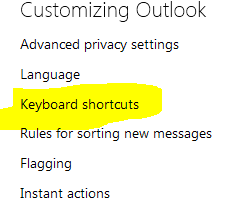Ever found yourself staring down at your computer keyboard, index fingers poised, and wondered about the seemingly random scattering of letters? Why isn’t it ABCDEF in a nice, neat row? It looks like a chaotic mess designed by a cat walking across the keys. Well, buckle up, because the story behind the ubiquitous QWERTY layout is far stranger and more fascinating than you might imagine. It wasn’t born out of a quest for ergonomic perfection or typing speed records. No, the QWERTY layout emerged from a mechanical crisis in the late 19th century – a desperate hack to prevent early typewriters from literally seizing up.
Table of Contents
The Dawn of the Typing Age and a Sticky Problem
Before computers, before electric typewriters, there was the mechanical typewriter. These ingenious contraptions used key levers connected to type bars, each with a letter molded at the end. When a key was struck, the type bar would swing up, hit an ink ribbon against the paper, and leave its mark. Simple, elegant, and revolutionary for its time.
However, there was a significant technical glitch. On early models, especially those where the type bars were arranged in a circle, if two keys were pressed in rapid succession, particularly common letter pairings, their type bars would collide and jam together. The typist would have to stop, manually unstick the tangled bars, and lose precious momentum and time. As typists became more skilled and faster, this jamming problem became a major headache, hindering efficiency rather than improving it.

Enter Christopher Latham Sholes: The Accidental Keyboard Revolutionary
The primary figure credited with developing the QWERTY layout is Christopher Latham Sholes, a Milwaukee-based newspaper man, printer, and inventor. Sholes and his colleagues, including Samuel W. Soule and Carlos Glidden, were working on one of the earliest practical typewriters, eventually leading to the ‘Type-Writer’ patented in 1868.
Sholes wasn’t initially focused on keyboard layout ergonomics. His goal was to build a reliable machine that could type faster than writing by hand. But as they refined their invention, the jamming issue became unavoidable. They quickly realized that simply arranging keys alphabetically or in frequency order (common letters together) made the problem worse, as common letter pairs often appeared consecutively in words.
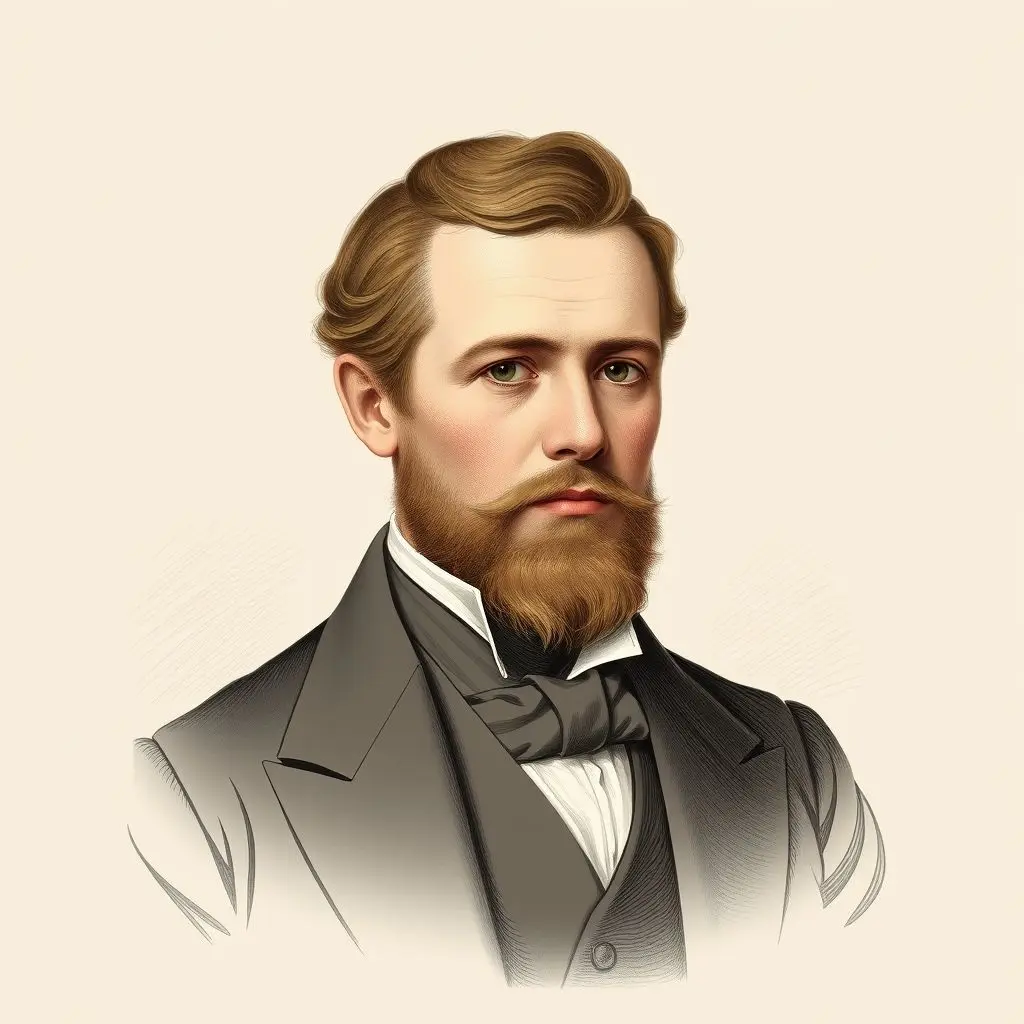
The QWERTY Masterplan: Slowing Things Down to Speed Things Up
Faced with this mechanical roadblock, Sholes and his team embarked on a trial-and-error process to rearrange the keys. The prevailing theory suggests they analyzed common letter combinations in the English language and rearranged the keyboard to separate those frequently used pairs (like ‘ST’, ‘ER’, ‘TH’, ‘ON’) as much as possible on the keyboard. The idea was that by forcing the typist’s fingers to move between keys that were mechanically further apart or used different type bars less likely to collide, they could reduce the jamming frequency.
It’s a bit counter-intuitive: the layout was designed *not* to make typing faster, but to deliberately slow down rapid finger movements on common sequences to prevent the machine from failing. They weren’t optimizing for human efficiency; they were optimizing for machine reliability.
Through various iterations, experimenting with different layouts, Sholes arrived at something very close to the QWERTY layout we know today. The name, of course, comes from the first six letters on the top left row of the keyboard: Q, W, E, R, T, and Y.
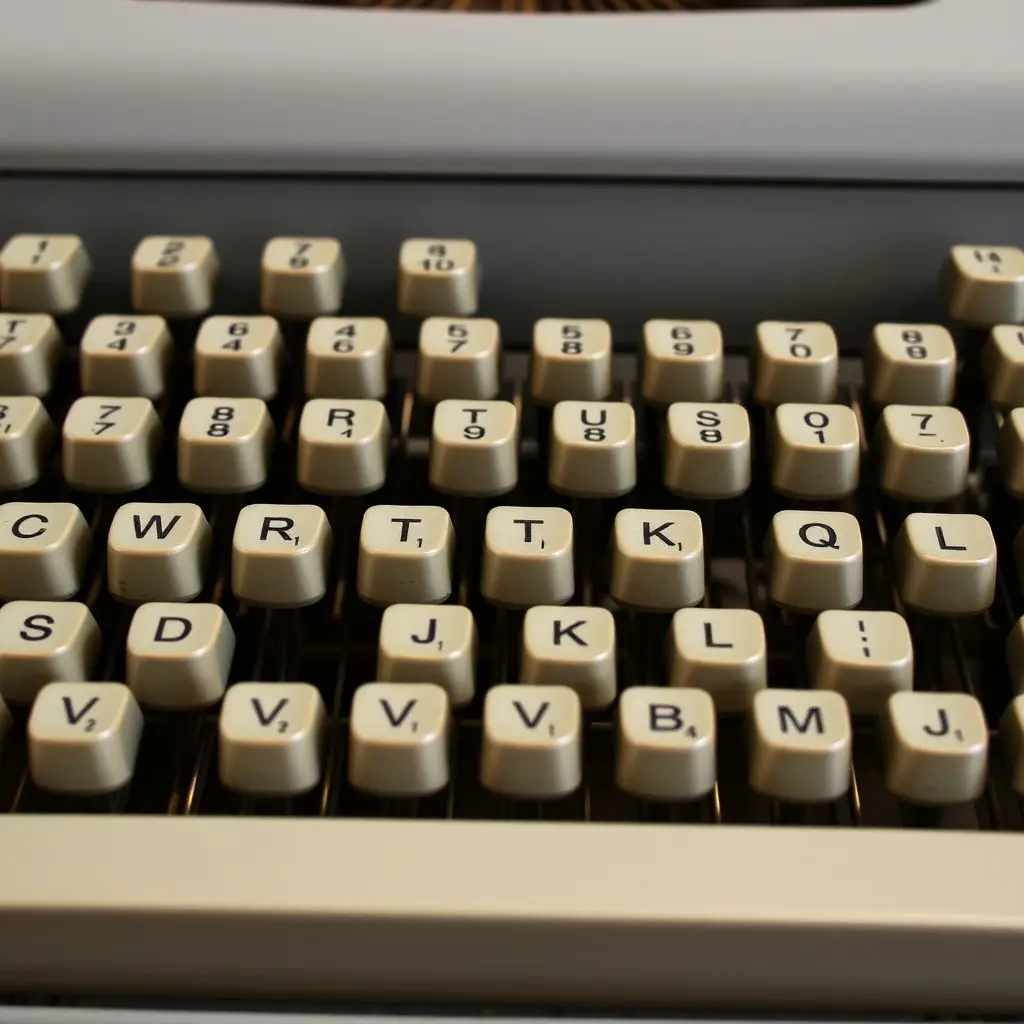
From Sholes to Standard: The Remington Connection
Sholes’ early typewriters, while innovative, weren’t immediate commercial hits. The patent was eventually acquired by E. Remington and Sons, a company primarily known for manufacturing firearms and sewing machines, but with significant experience in mass production of complex machinery. Remington refined the ‘Type-Writer’ (re-branding it as the Sholes and Glidden typewriter, and later the Remington No. 1) and, crucially, adopted the QWERTY layout for their production models starting around 1874.
Remington’s manufacturing prowess and marketing efforts were key to popularizing the typewriter. As their machines became widely adopted, so too did the QWERTY layout. Typing schools emerged to teach the ‘touch typing’ method (using all fingers without looking), and they taught it on QWERTY keyboards. This created a positive feedback loop: more typists trained on QWERTY meant more demand for QWERTY machines, which led to more training, and so on.
The Paradox Endures: Still Tapping on an Antiquated Design
The jamming problem that QWERTY was designed to solve became obsolete with the advent of electric typewriters and later, computer keyboards, which use entirely different mechanisms (electronic signals, not physical levers). Yet, the layout stuck.
Why? Primarily due to the massive investment in training and existing equipment. Millions of typists were trained on QWERTY, and millions of QWERTY typewriters were in use. Switching to a different layout, even a theoretically more efficient one like the Dvorak layout (developed in the 1930s to optimize speed and reduce finger movement), would require retraining an entire workforce and retooling production lines. The inertia was simply too great.
And so, here we are, well over a century later, still using a keyboard layout fundamentally designed not for speed on our modern devices, but to prevent mechanical clashes on a machine from the horse-and-buggy era. It’s a peculiar technological fossil, a testament to how historical accidents and market forces can lock us into designs long past their original purpose.
If this little historical tidbit about your everyday keyboard has your brain doing a digital double-take, maybe you’d appreciate a quick visual summary! Check out this short video:
Frequently Asked Questions about QWERTY
Was QWERTY designed to be inefficient to slow down typists?
Not exactly to make typists *slow*, but rather to arrange keys so that commonly used letter pairs were separated. This *indirectly* limited maximum speed compared to a layout optimized purely for finger movement, but its primary goal was to prevent the type bars from jamming on early mechanical typewriters.
Are there faster keyboard layouts than QWERTY?
Yes, layouts like the Dvorak Simplified Keyboard are empirically shown to allow for faster typing speeds and reduce finger strain for many users, as they place the most common letters on the home row and distribute keystrokes more evenly between hands.
Why haven’t alternative layouts like Dvorak replaced QWERTY?
Primarily due to network effects and switching costs. QWERTY was the first widely adopted layout, leading to millions of trained typists and manufactured keyboards. The cost and effort of retraining the workforce and changing manufacturing standards have prevented alternatives from gaining widespread traction, despite potential benefits.
Who invented the first typewriter?
Multiple inventors worked on typewriting machines. Christopher Latham Sholes is credited with inventing one of the first commercially successful mechanical typewriters and, crucially, the QWERTY layout.
A Legacy of Engineering Compromise
The QWERTY keyboard stands as a fascinating example of how early engineering challenges can leave a lasting mark on technology. What began as a clever workaround for a mechanical flaw in late 19th-century machinery became the global standard through market dominance and user inertia. Every time you sit down to type, you’re engaging with a piece of history, a layout that whispers tales of jamming type bars and the dawn of the typing age. It might not be the most efficient design by modern standards, but its story is undoubtedly one of innovation, adaptation, and the powerful legacy of being first.
